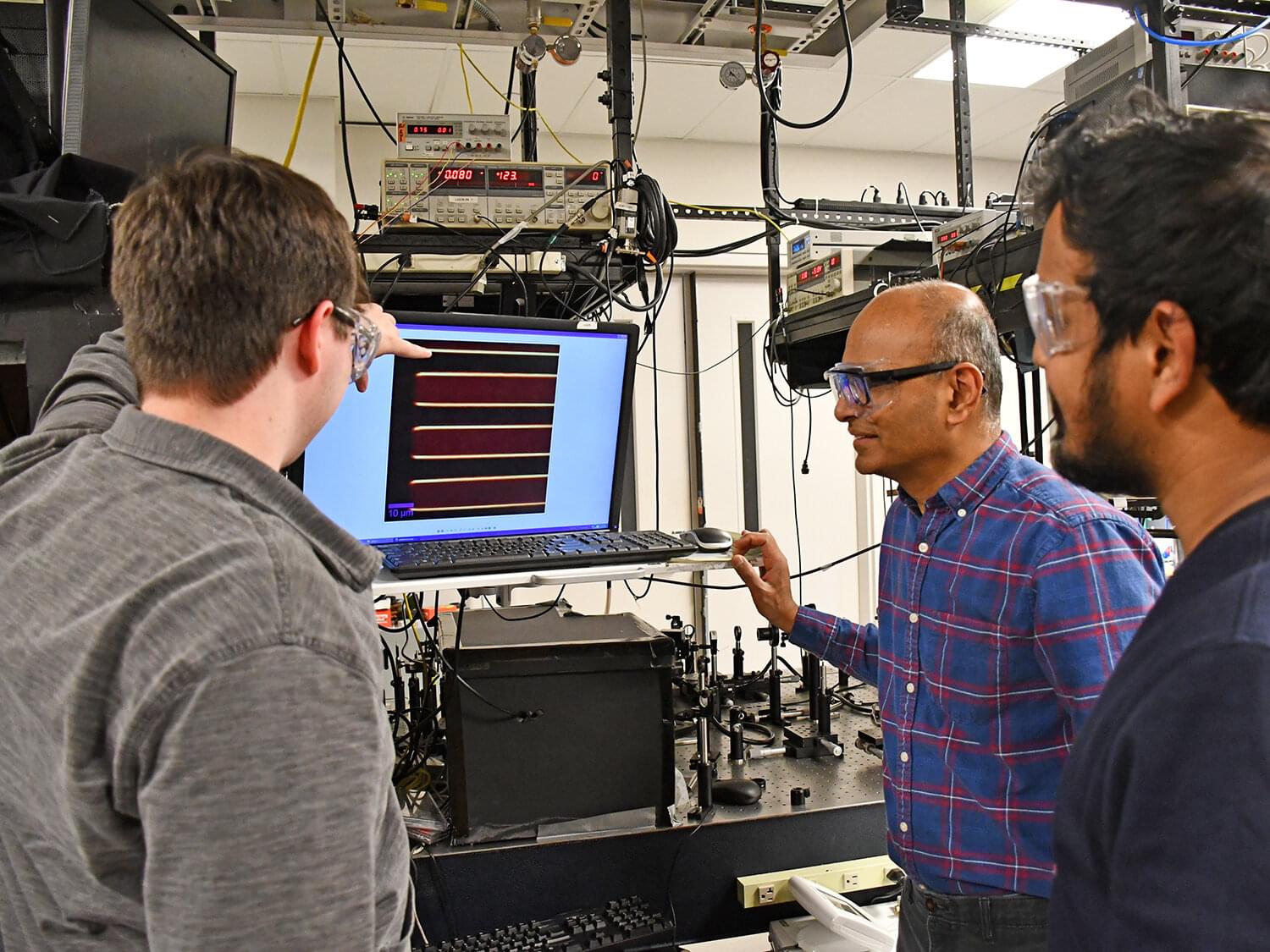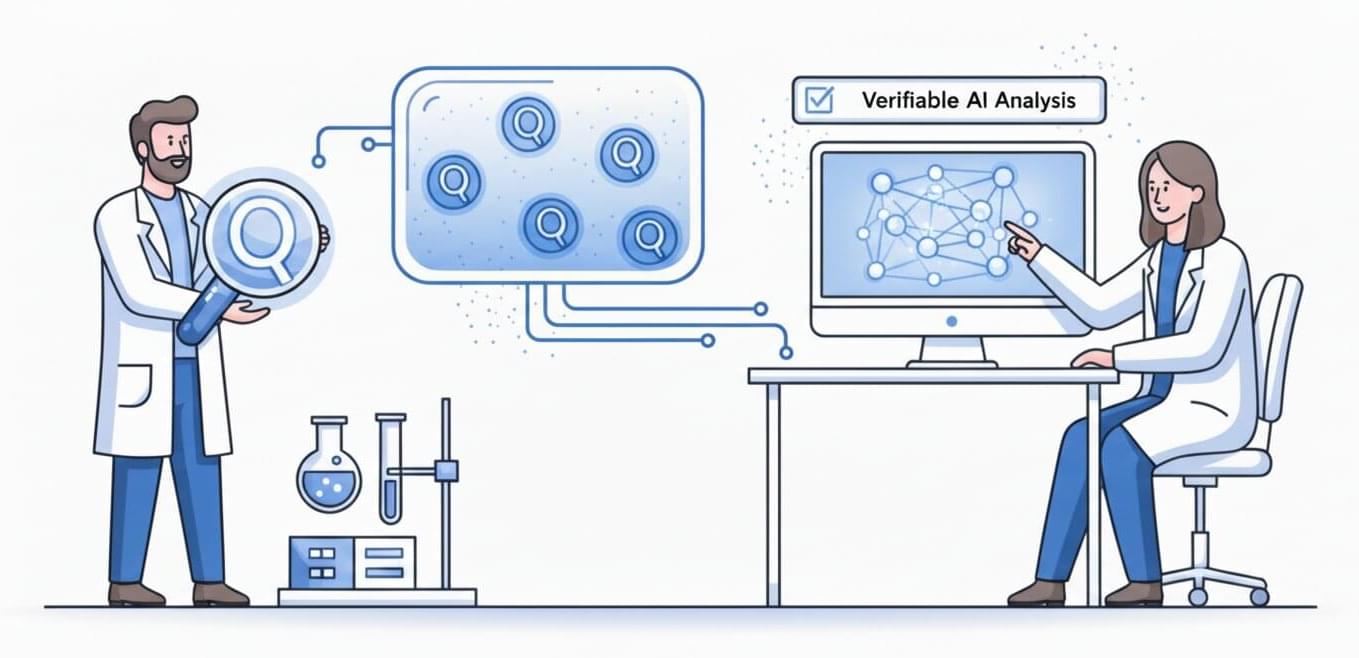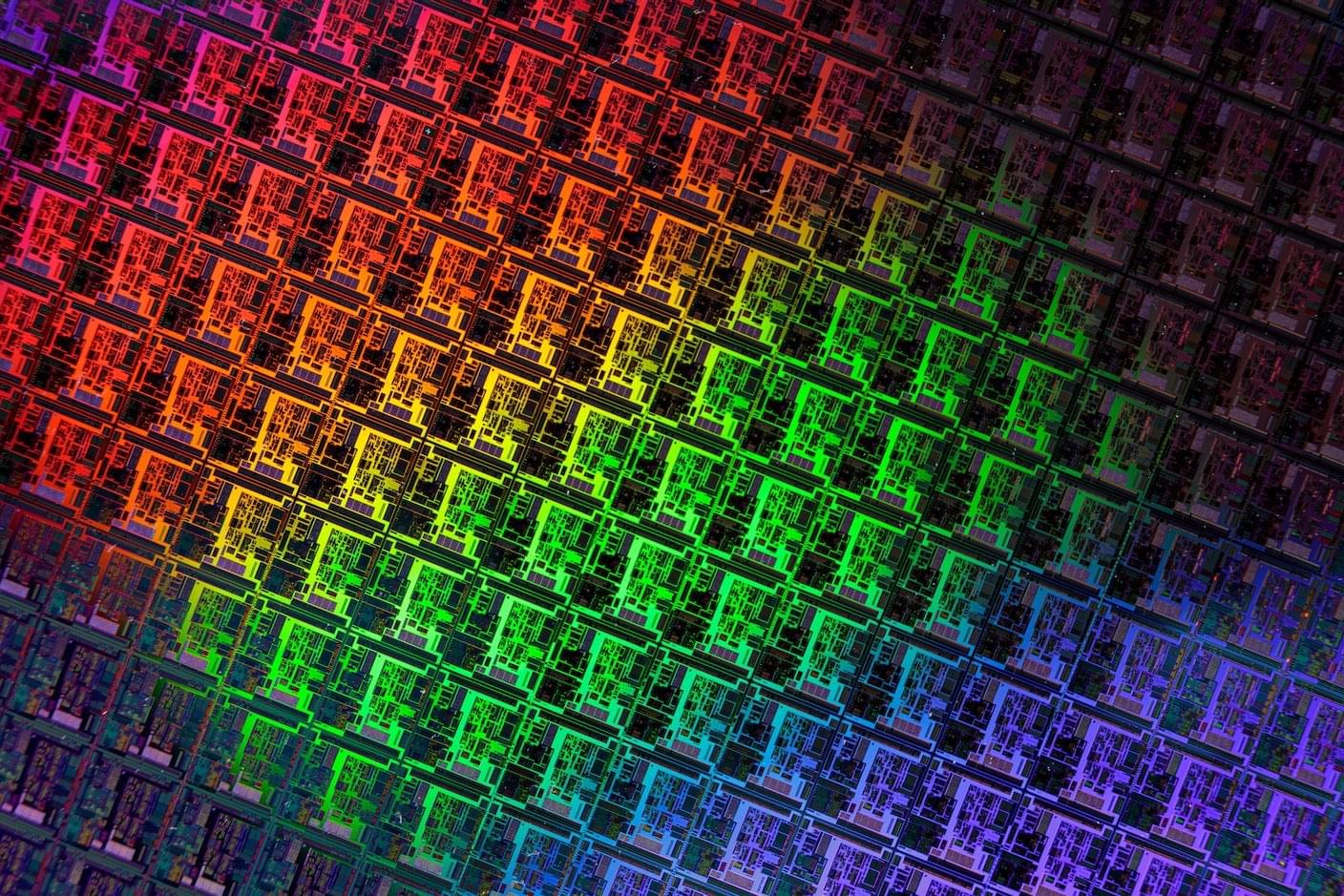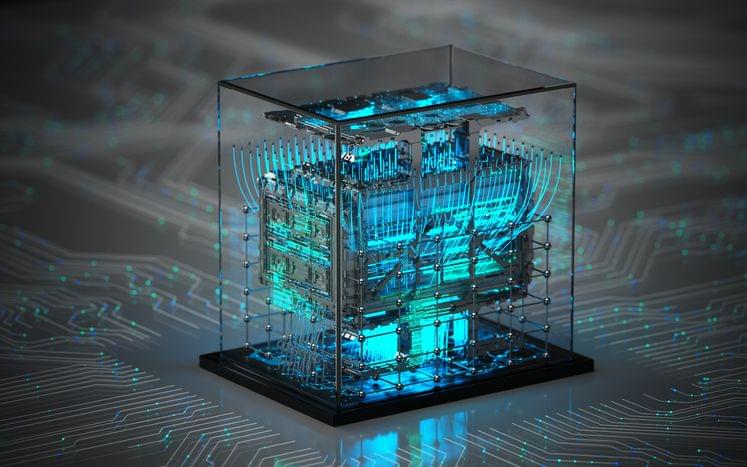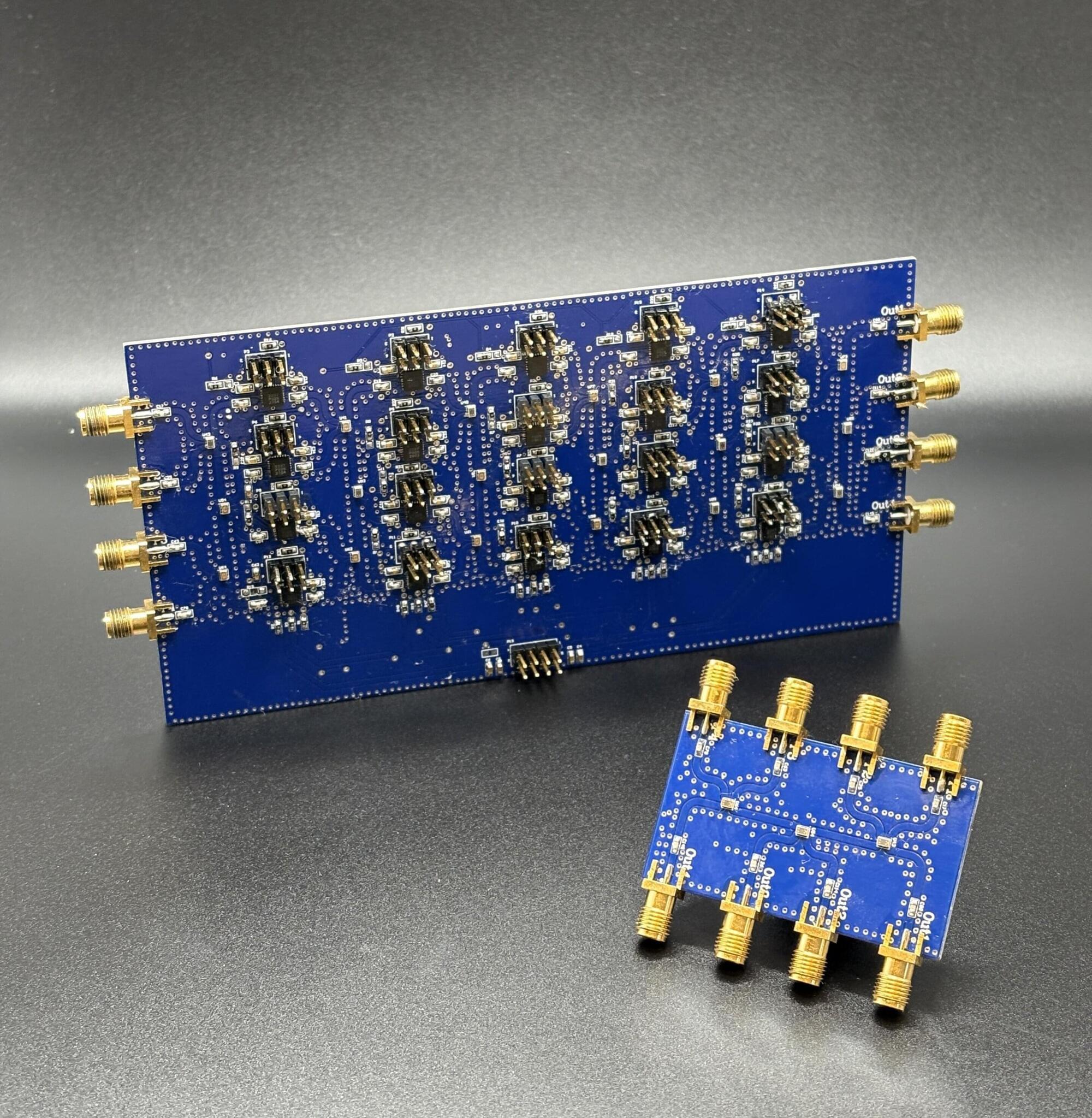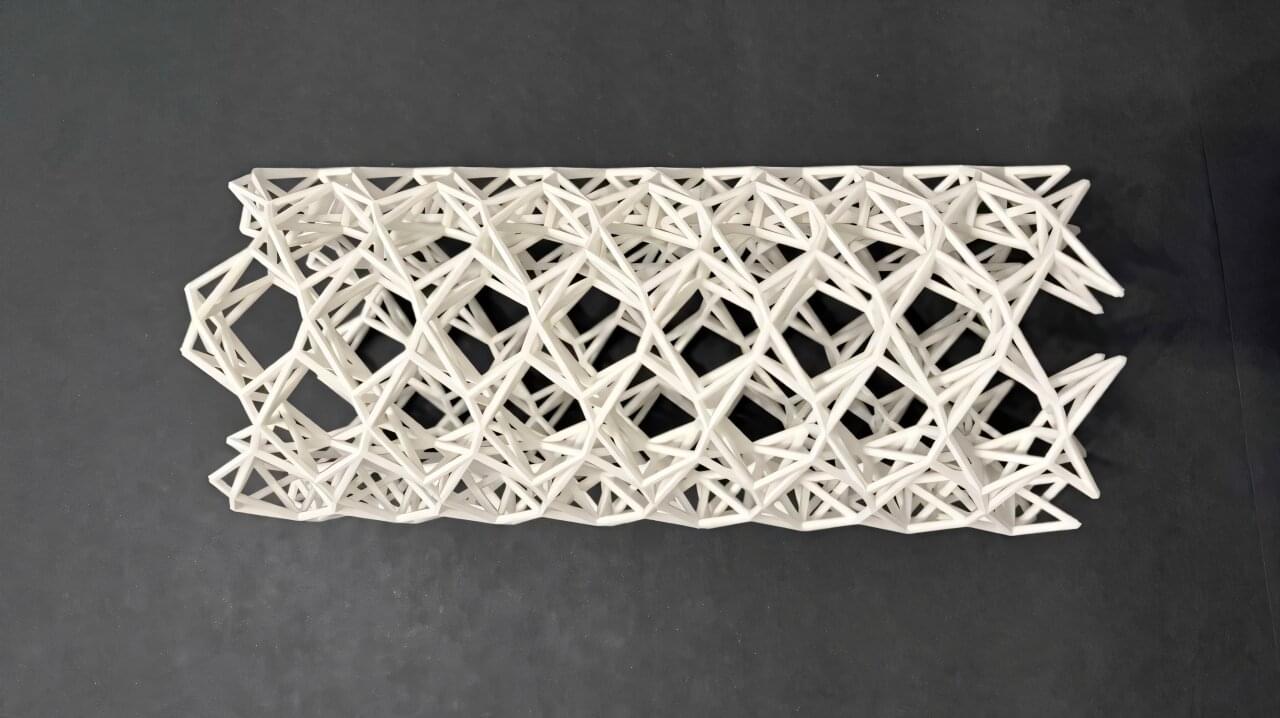Materials scientists can learn a lot about a sample material by shooting lasers at it. With nonlinear optical microscopy—a specialized imaging technique that looks for a change in the color of intense laser light—researchers can collect data on how the light interacts with the sample, and through time-consuming and sometimes expensive analyses, characterize the material’s structure and other properties.
Now, researchers at Pennsylvania State University have developed a computational framework that can interpret the nonlinear optical microscopy images to characterize the material in microscopic detail.
The team has published its approach in the journal Optica.
